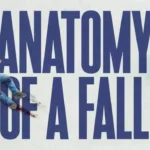Spoilers for Spider-Man: Across the Spider-Verse can be found in this post
I prepared a list of all the Easter eggs in Spider-Man: Into the Spider-Verse when it was released on Blu-ray, including the ones that were only glimpsed briefly in the cinema. (Yes, “spot” was intended as a joke. (Yes, the dad jokes have begun this early.) Ultimately, I counted over a hundred and ten separate allusions to Marvel media and comics throughout the film. Quite a lot, indeed!
But it doesn’t even begin to scratch the surface of all the subtle references and easter eggs in Spider-Man: Across the Spider-Verse. The new film is nearly two hours and twenty minutes long, so there’s plenty of time for hidden references (and plot and characters and things like that). Scenes with the “Spider-Society,” hundreds of Spider-Men from throughout the universe gathered together to battle interdimensional bad guys, can be seen throughout the Spider-Verse and seem like an onslaught to the eyes in terms of the number and variety of Marvel allusions they include.
Until the movie is released on home video, no rational person can spot all of the Easter eggs hidden throughout Across the Spider-Verse. Over a dozen incredible, magnificent, and sensational Marvel and Spider-Man allusions are included here. Although by no means exhaustive, the items below constitute a good foundation.
Saying, “Hello, My Name Is Marvel”
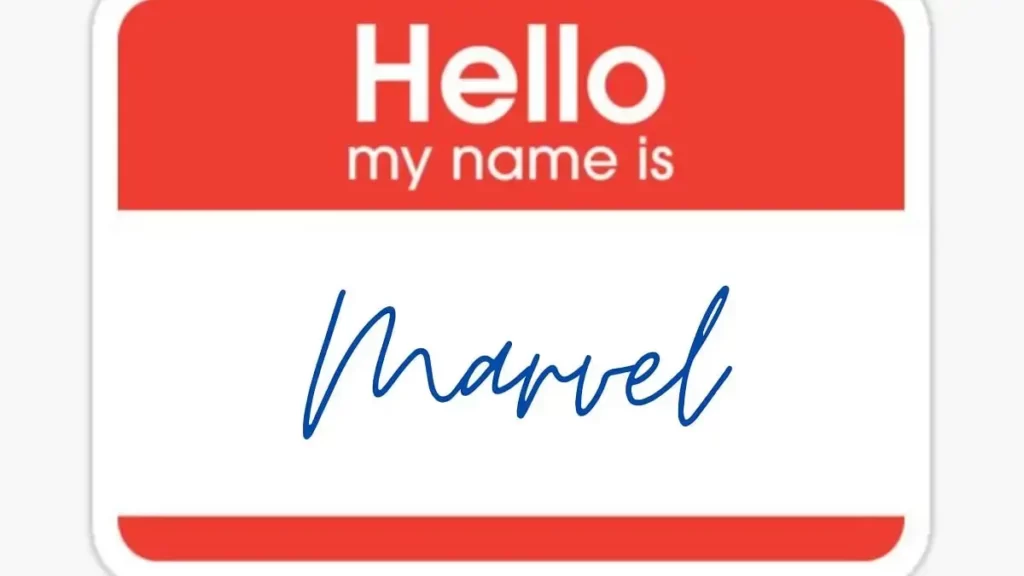
Sony, Marvel, Pascal Pictures, etc. logos glitch and change into alternative versions at the beginning of the film, as though they, like the characters in the film, exist in multiple forms on different Earths, just like the first Into the Spider-Verse did. These are brief glimpses, but one of the Marvel logo variants has hidden significance. Marvel is written on a “Hello My Name Is” nametag sticker in cursive. This refers to the graffiti stickers that Miles Morales was so fond of distributing about Brooklyn, much to the chagrin of his police officer father.
Editorial Remarks
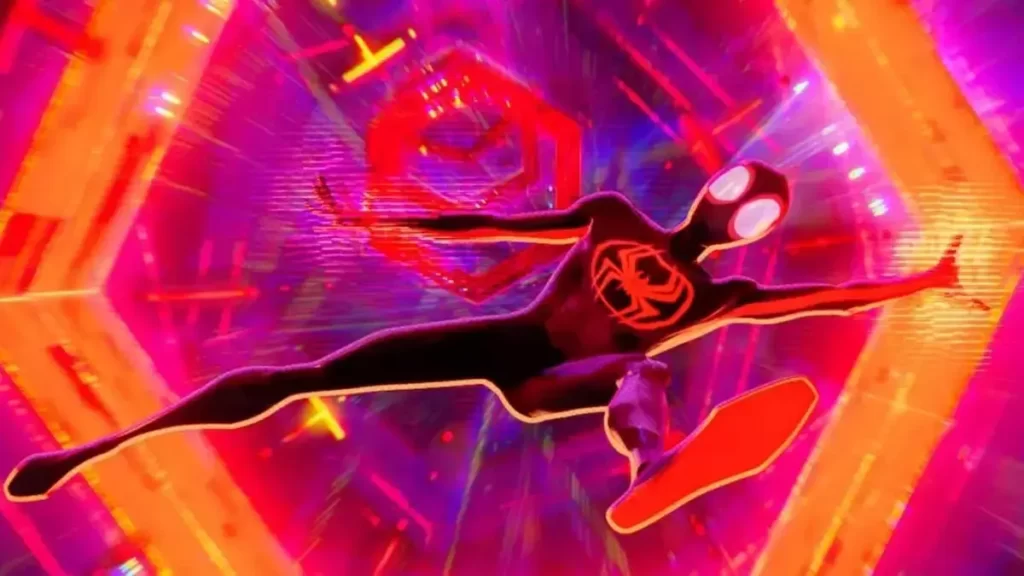
Even before the introduction of onscreen sound effects and Ben-Day dot design touches, Into the Spider-Verse primarily relied on the visual language of comics. Adding the onscreen “Editor’s Notes” that have been a hallmark of comic books for decades, Across the Spider-Verse takes things further. In this excerpt from The Avengers #4, Stan Lee uses a continuity note to make a joke to the reader. Typically, these notes clarify issues of continuity that aren’t clear from the dialogue or artwork.
Spider-Gwanda

In Into the Spider-Verse, when Miles presents Gwen to his parents, he uses the alias she gave him after their first encounter.
In Honor of Miles Morales’ Original Artists
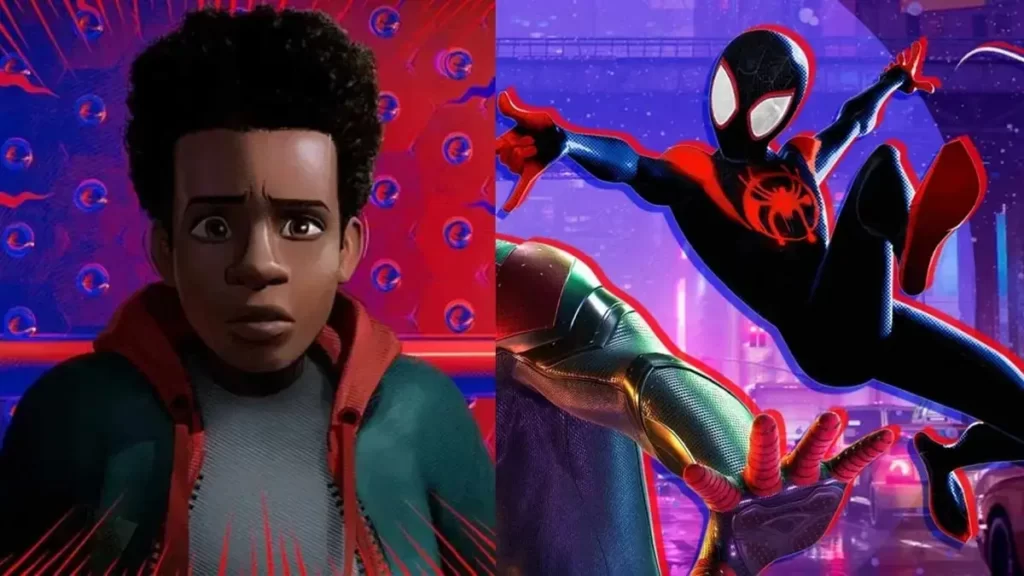
After the film, Miles realizes he is in the wrong reality when he sees a mural dedicated to his late father, Jefferson Davis. (In Miles’ version, this painting is a memorial to Miles’ Uncle Aaron, who perished in Into the Spider-Verse.) Despite the new paint, some of the old graffiti is still visible around the mural’s margins. The names “Pichelli” and “Bendis” are visible; they are the artist and writer responsible for Miles Morales in the Ultimate Spider-Man comic book, Sara Pichelli and Brian Michael Bendis. The moment when Miles browses his phone’s contacts, they both make an appearance.
The Mary Janes

Spidey’s girl group is known as The Mary Janes. That name is laden with significance in the Spider-Man mythos. It was lifted verbatim from the Spider-Gwen comics, in which the character Gwen plays drums for a band that included Mary Jane Watson. Longtime Spider-Man co-stars Glory Grant, Betty Brant, and Felicia Hardy (a.k.a. the Black Cat) are among Mary Janes’s roster of supporting characters.
Uncle Ben, played by Cliff Robertson
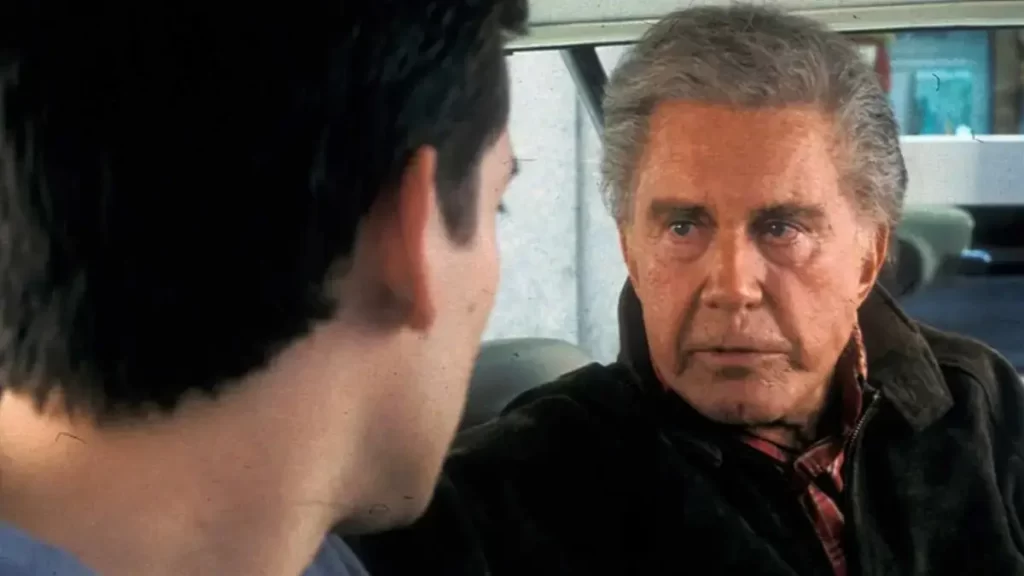
We also see a video from Sam Raimi’s Spider-Man, in which Cliff Robertson played Uncle Ben when that character’s death is recounted in Web of Life and Destiny (as one of the “canon events” crucial to every Spider-Man’s life). (During this scene, we also glimpse Tobey Maguire’s, Peter Parker). When Peter Parker (Chris Pine) explains his backstory, an archival video of Robertson’s voice is utilized at the beginning of Into the Spider-Verse.
Venom’s Earth
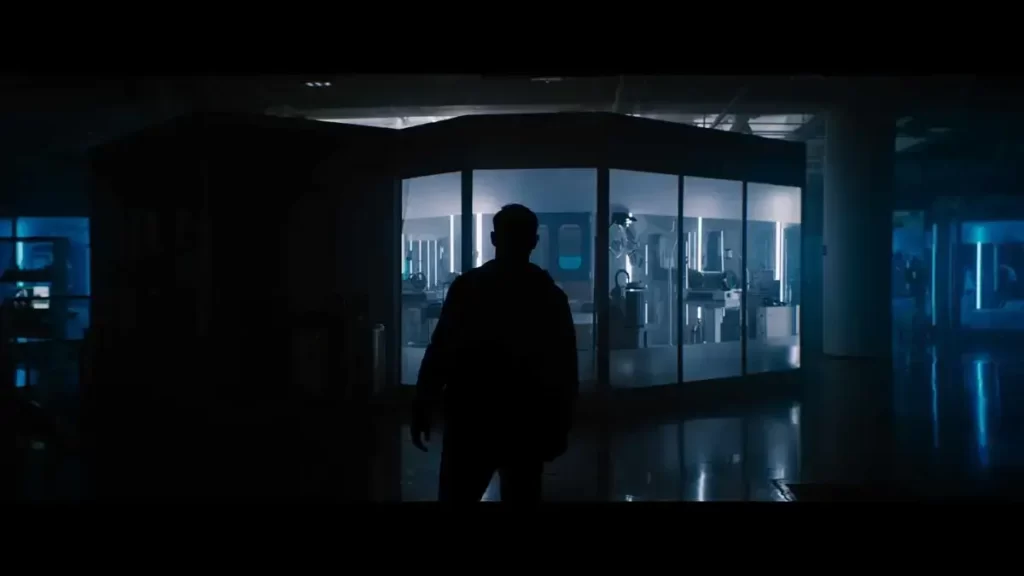
Tom Hardy’s Venom originates on Earth-688, briefly visited during the same dimension-hopping scene involving the LEGO Earth. Though Venom himself doesn’t make an appearance, the Spot does pay a visit to the convenience store where he frequently shops, which is owned by Mrs Chen (played by Peggy Lu in a live-action cameo).
“That Little Nerd” and “Dr. Strange”
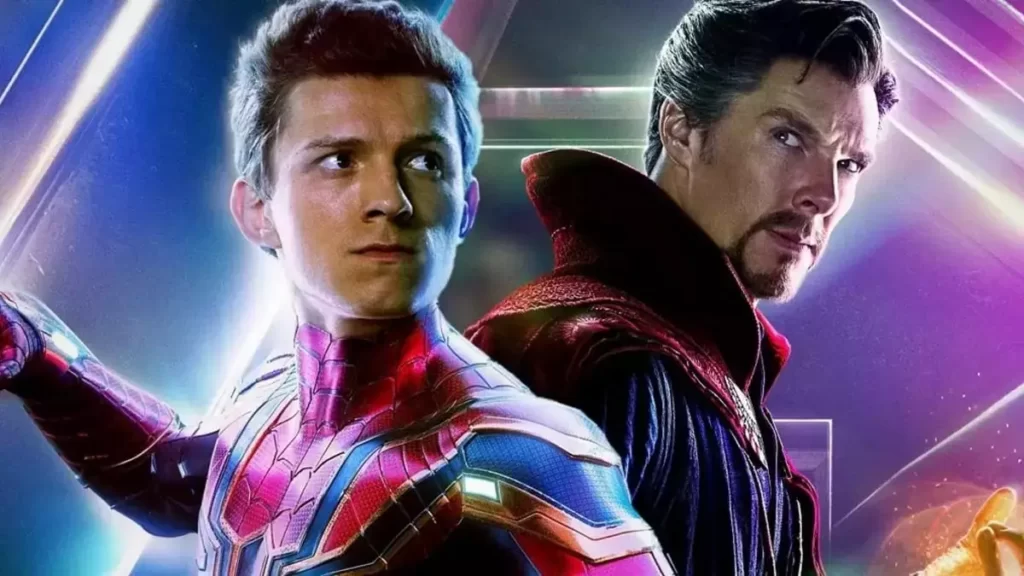
Oscar Isaac’s Spider-Man 2099 uses a line of dialogue to highlight the apparent similarities between the idea of Across the Spider-Verse and Spider-Man: No Way Home, which both include a collapse in the boundaries between worlds and a squad of Spider-Heroes attempting to make things right. He then jokes, “Don’t even get me started about Dr. Strange and that little nerd back on Earth-199999,” referencing the Marvel Cinematic Universe’s versions of Strange and Spidey and the official designation of the MCU within the greater Marvel canon.
Earth-65’s Unique Appearance

In Spider-Verse, every other dimension has its unique art direction. Gwen’s Earth-65 is a watercolor artwork in which all colors change. The current Spider-Gwen comic, and especially its striking covers by artist Robbi Rodriguez, inspired this aesthetic, which is much more dynamic in animation than it could ever be on a comics page.
The Prowler
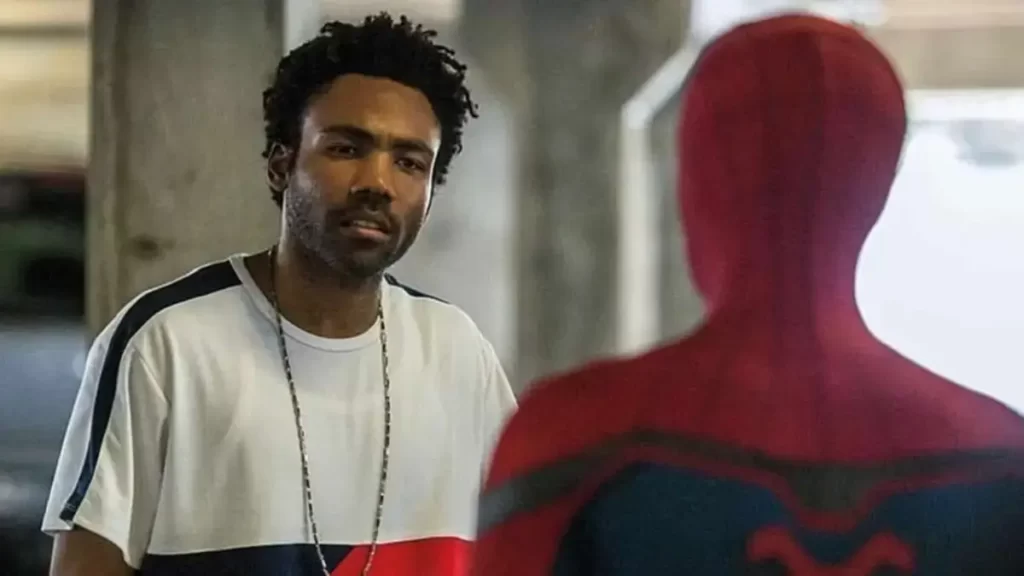
The Spider-Society’s mission is to track down and return all “anomalies” who have crossed universes. Donald Glover portrays Miles’ uncle Aaron Davis, also known as the Prowler, in a version of Spider-Man 2099 with several abnormalities. In Spider-Man: Homecoming, Glover portrayed this role.
J.K. Simmons’ J. Jonah Jameson

Spider-Man: No Way Home established, and Across the Spider-Verse confirmed that J. Jonah Jameson sounds and looks exactly like J.K. Simmons in all Spider-Man realities. Simmons reprises his role as JJJ by making brief cameo appearances throughout the film as a talking head on television reporting on the exploits of several Spider-Men.
Miles’ Hoodie
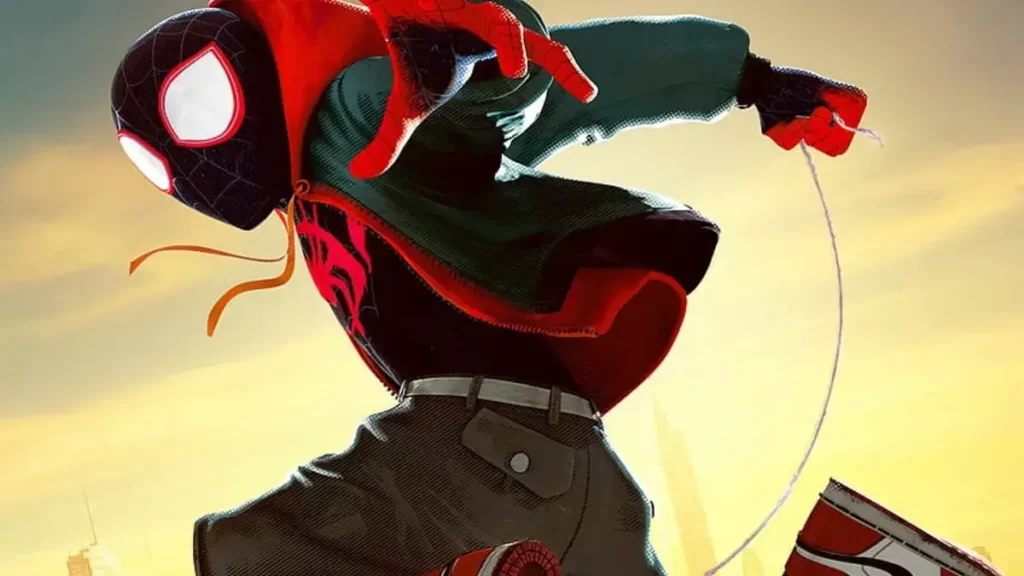
At the end of the film, when Gwen confronts Miles’ parents, she disguises herself by donning Miles’ green and red hoodie, the same one he wore throughout Into the Spider-Verse and became so associated with the character that it was used in his action figures and even sold as clothing.
How Spot Is Linked to Miles
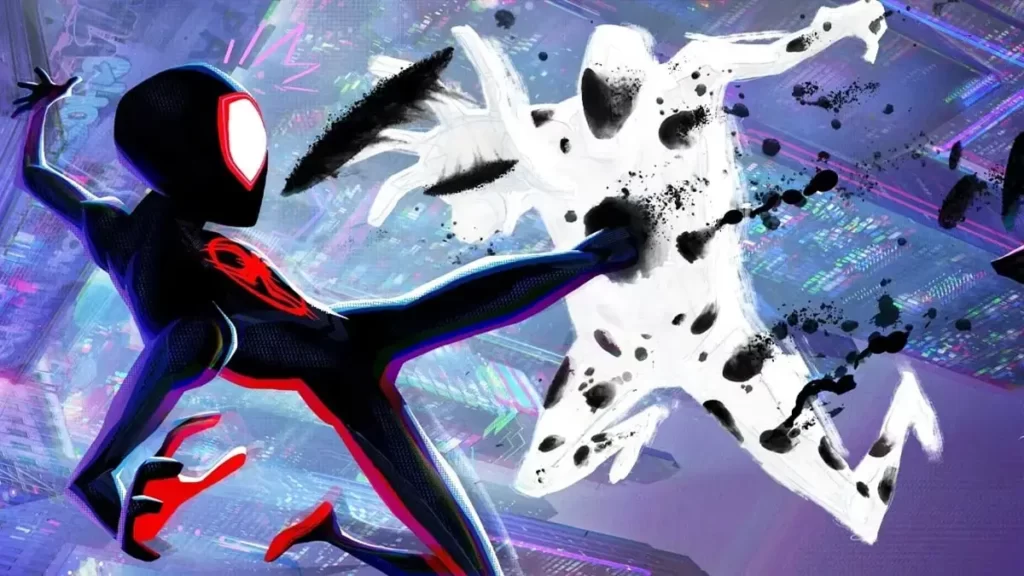
The Spot (Jason Schwartzman), a villain in Across the Spider-Verse, explains how his backstory is connected to Miles’. In Into the Spider-Verse, the Spot was revealed to be a scientist working for Alchemax, the firm responsible for the collider that tore through space and time and sent Peter B. Parker, Gwen Stacy, and the rest of the gang to Miles’ Earth.
The Comics Code Validation
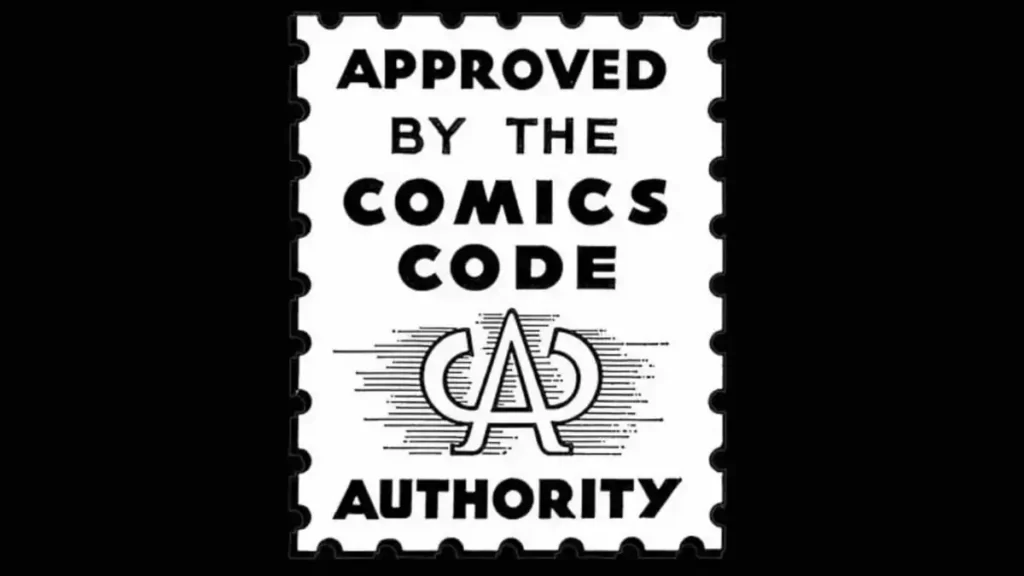
This emblem appears after the film’s opening logos and has been on nearly every issue of a Marvel or DC comic book for decades. Comic books had their own version of the MPAA in the form of the Comics Code, a self-censoring organization whose job was to ensure comics were suitable for readers of all ages. One of the most infamous conflicts surrounding the Comics Code was Spider-Man; in 1971, Stan Lee ran a three-issue narrative in Amazing Spider-Man about Harry Osborn being addicted to heroin. Lee was adamant that the narrative be presented to help teach young readers about the perils of drugs, even though it was forbidden by the Comics Code. Therefore, those three issues of Amazing were released without this seal. (The first issue of Into the Spider-Verse also had the Comics Code Seal.)
42
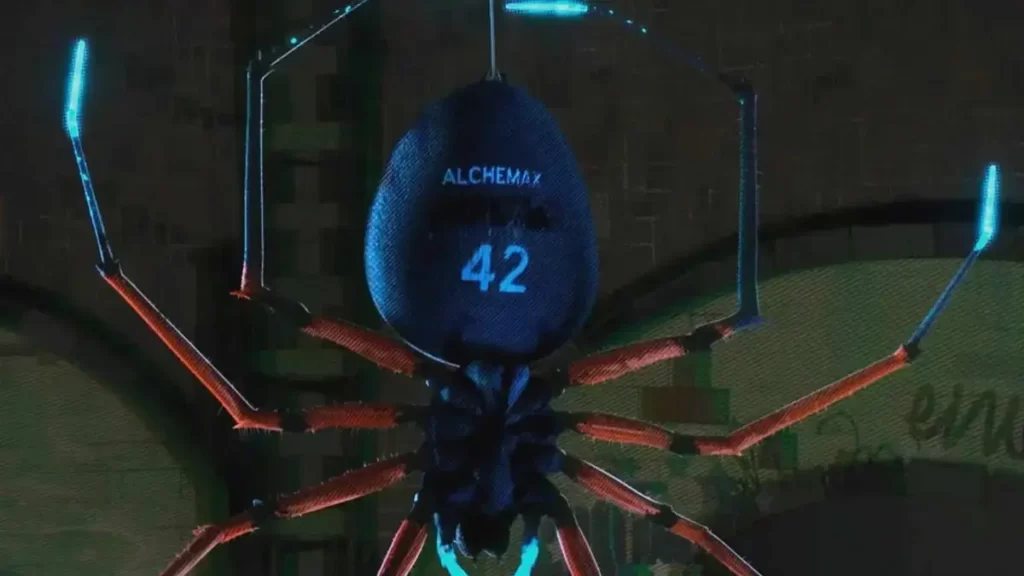
In the original Spider-Man comic, the number 42 had a significant role. The number “42” appears repeatedly throughout the film, including this scene in which Miles jumps off a building, strikes a sign, and the numbers land so that they form a 42 on the ground. The importance of this number is discussed in Across the Spider-Verse. The spider that bit Miles originated from a planet with the unimaginative name “Earth-42.”
Issue #2
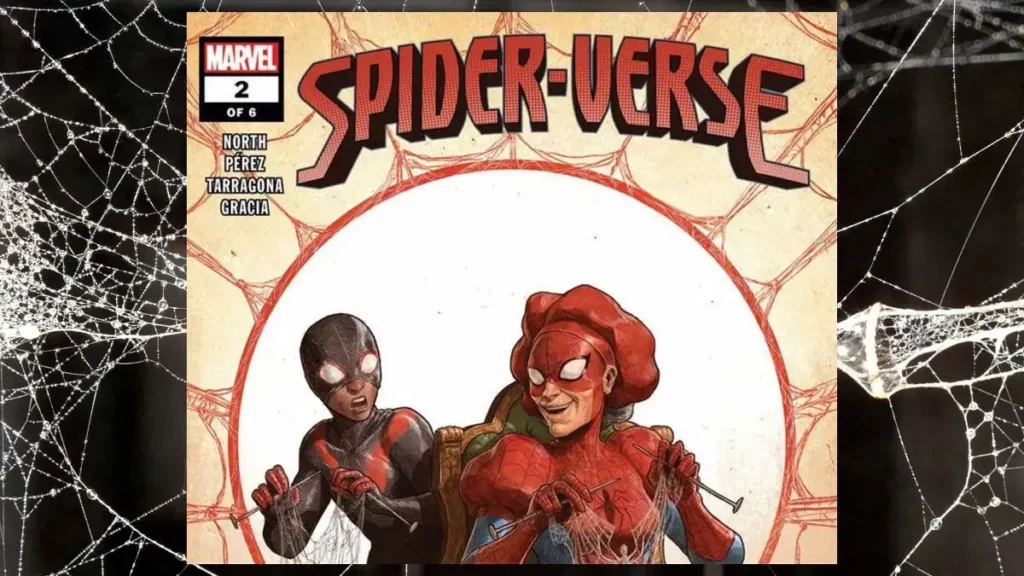
Into the Spider-Verse used the comic book cover for that character’s series to introduce new Spider-Men. This is how Miles is reintroduced in Across the Spider-Verse, and if you look closely at the Miles Morales: Spider-Man comic that comes onscreen, you’ll see that the cover has been updated to read issue “#2,” a reference to the fact that this is now Miles’s second film.
The Guy in the Chair
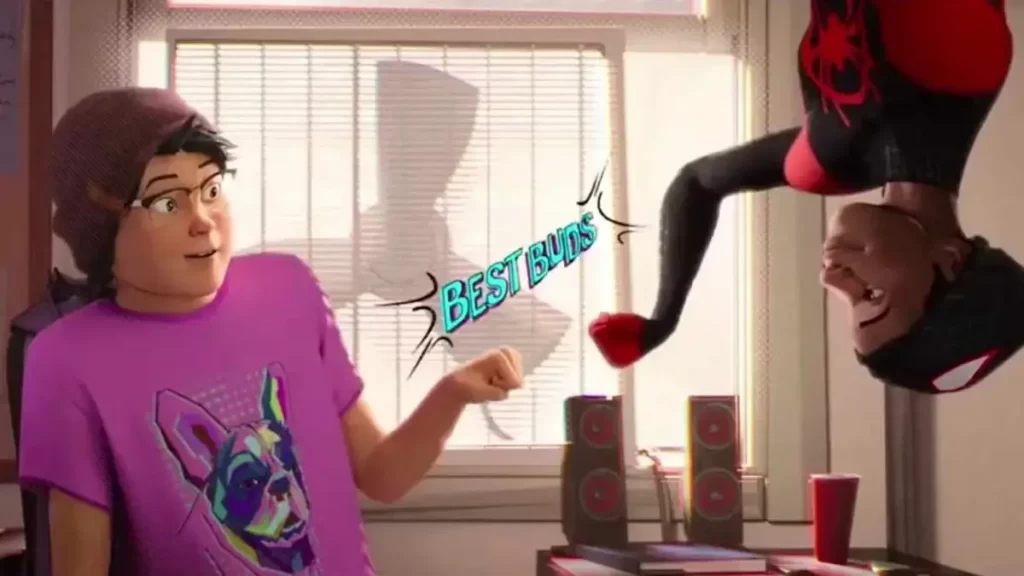
Miles’ best friend and roommate from Into the Spider-Verse, Ganke, is given some dialogue in Across the Spider-Verse. While Miles is running late for a meeting with his parents, Ganke refuses to make the call for him, saying, “I’m not your guy in the chair.” This is a reference to a recurring line from the Tom Holland Spider-Man films, when Jacob Batalon’s character, Ned Leeds, expresses his desire to be Peter Parker’s “guy in the chair” (i.e., the person who assists a superhero by wearing a headset and providing instruction and assistance over the phone).
The Fisk Industries
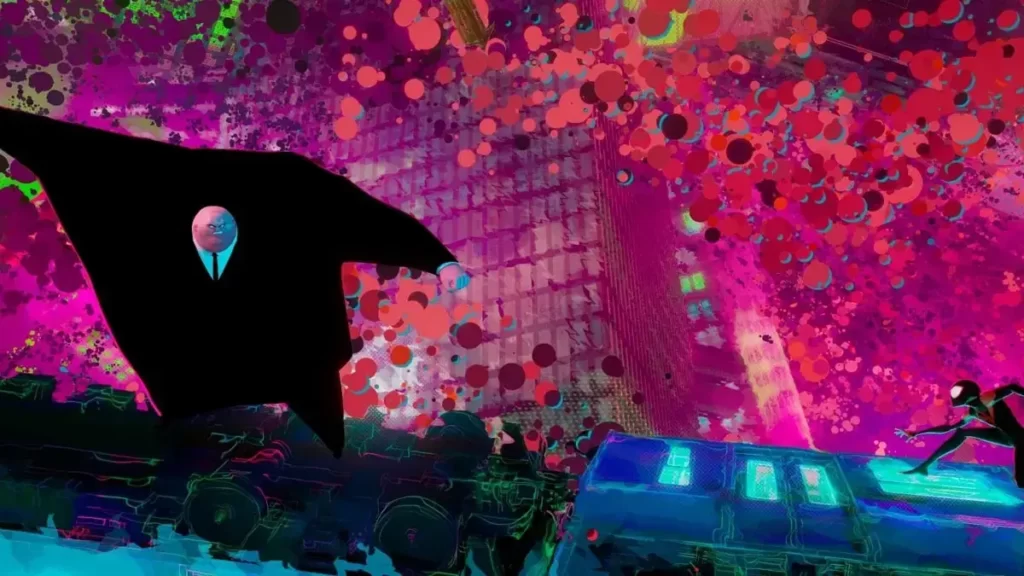
Wilson Fisk, AKA the Kingpin, who financed Alchemax’s collider, is one of the few Into the Spider-Verse characters who did not appear in Across the Spider-Verse. (He planned to use it to track down a clone of his late wife and infant son from another universe.) While the Kingpin is absent, a large “FISK INDUSTRIES” sign can be seen as Miles, and his father pursues the Spot to the Alchemax ruins.
The LEGO Daily Bugle
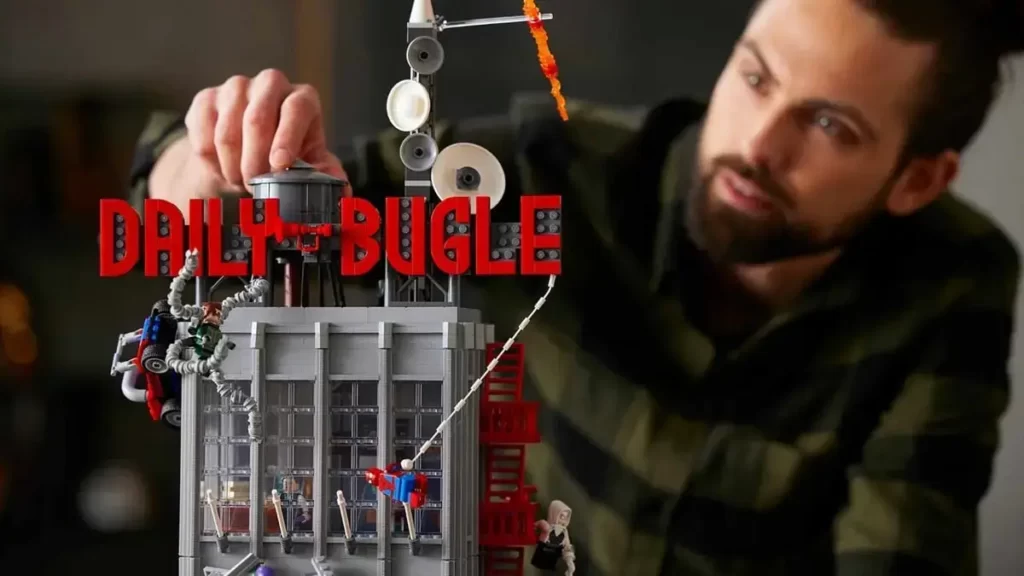
Earth-13122, also known as the LEGO Marvel Universe, is the most hilarious planet in this Spider-Verse. Numerous LEGO Marvel video games and more LEGO Marvel kits have been released. The film includes a cameo appearance by the LEGO Daily Bugle set, a genuine product that came out a few years ago.
To the Hudson Valley
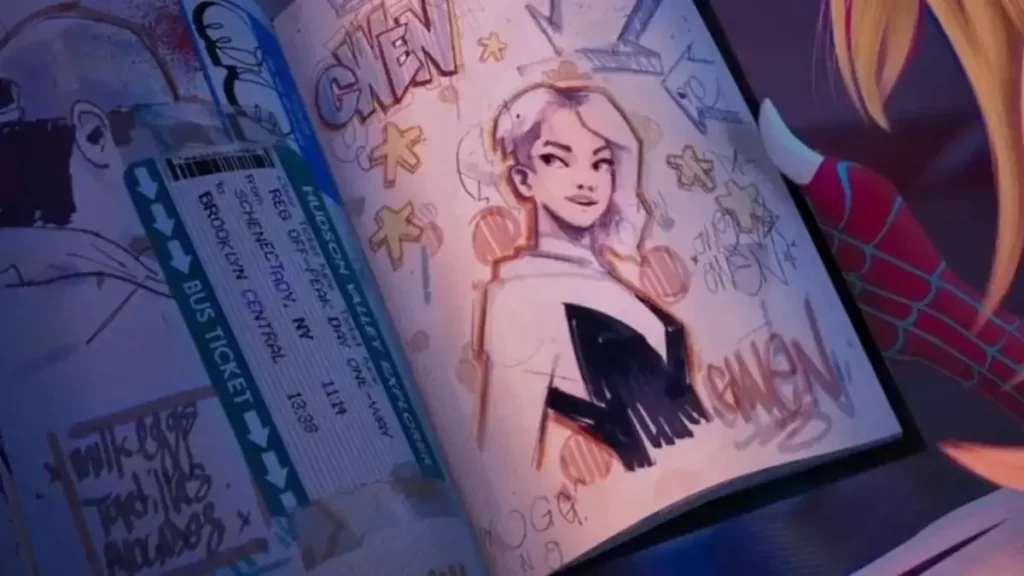
A bus ticket is glued to one of the pages of Miles’ sketchbook, which is also packed with an awkward amount of sketches of Gwen. If you take a good look, you can tell it’s for a vacation to the Hudson Valley. In other words, that’s the passage Miles and Peter B. Parker used to enter Alchemax’s lab and steal their hard drive in Into the Spider-Verse.
Armadillo
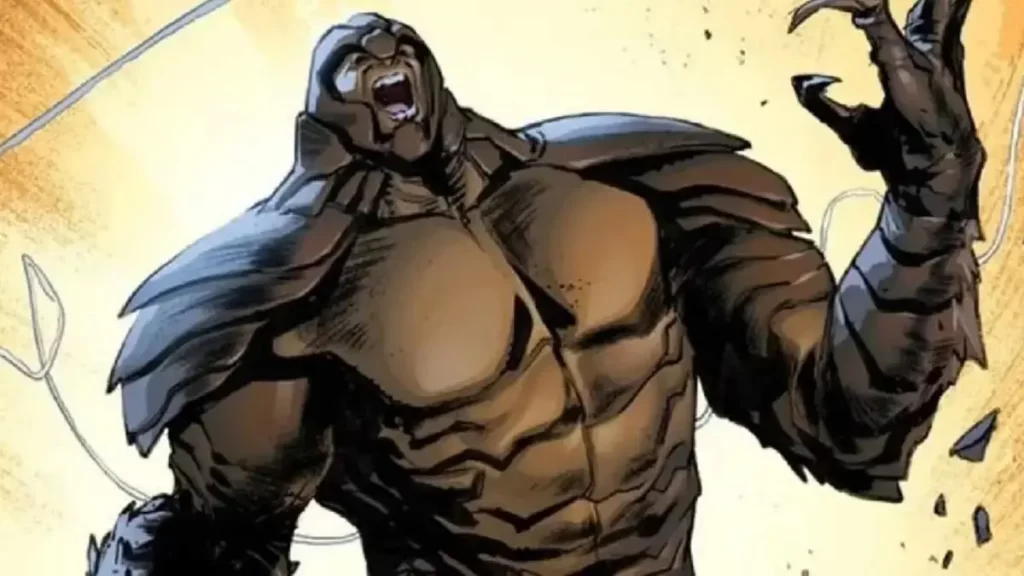
On his route to his father’s celebration, Miles effortlessly takes down a strange-looking supervillain threatening an elevated subway train. Although his outfit deviates slightly from the comics, it still appears to be that of the Armadillo, one of Spider-Man’s weaker foes. (DNA from an armadillo was spliced into the guy’s genes by a crazy scientist. (That’s all he does.)
The One and Only Captain Stacy
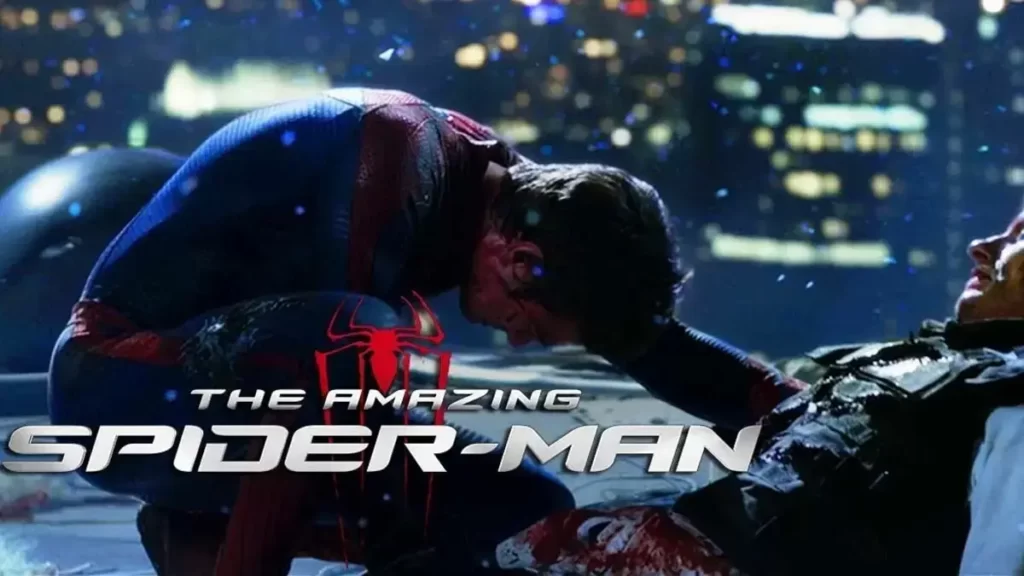
Also, the climactic events of Amazing Spider-Man #90, which included Captain Stacy, were already adapted for the big screen. In the segment titled “Web of Life and Destiny,” we get a small clip from the film, which stars Andrew Garfield as Spider-Man and Denis Leary as Captain Stacy.
A Spider-Wedding
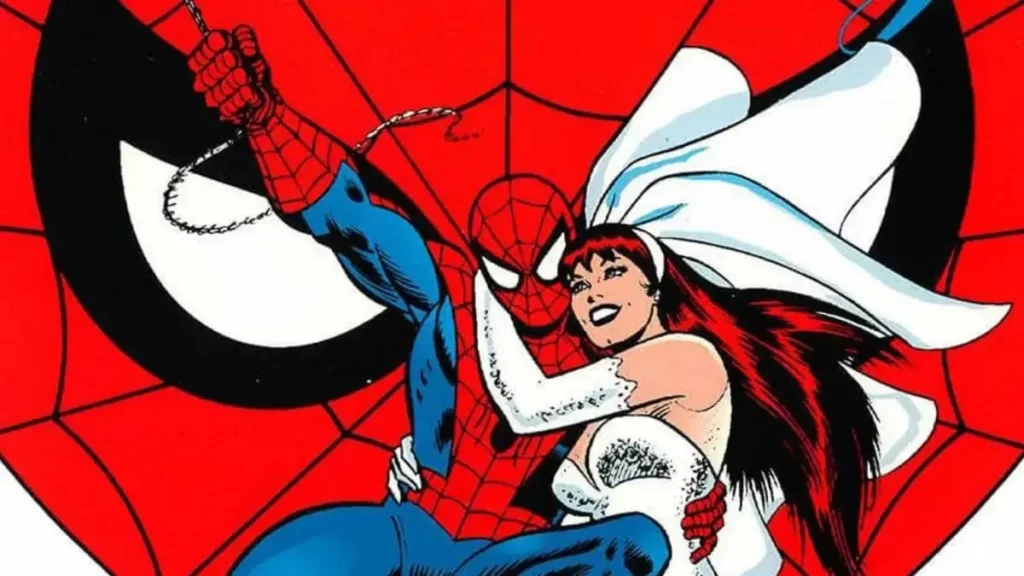
If you look closely, you can spot references to various landmark issues of Spider-Man comics, including this iconic cover from The Amazing Spider-Man Annual #21, which featured the wedding of Peter Parker and Mary Jane Watson, during the scene in which Spider-Man 2099 demonstrates the Web of Life and Destiny to Miles.
Doctor Octopus, played by Alfred Molina
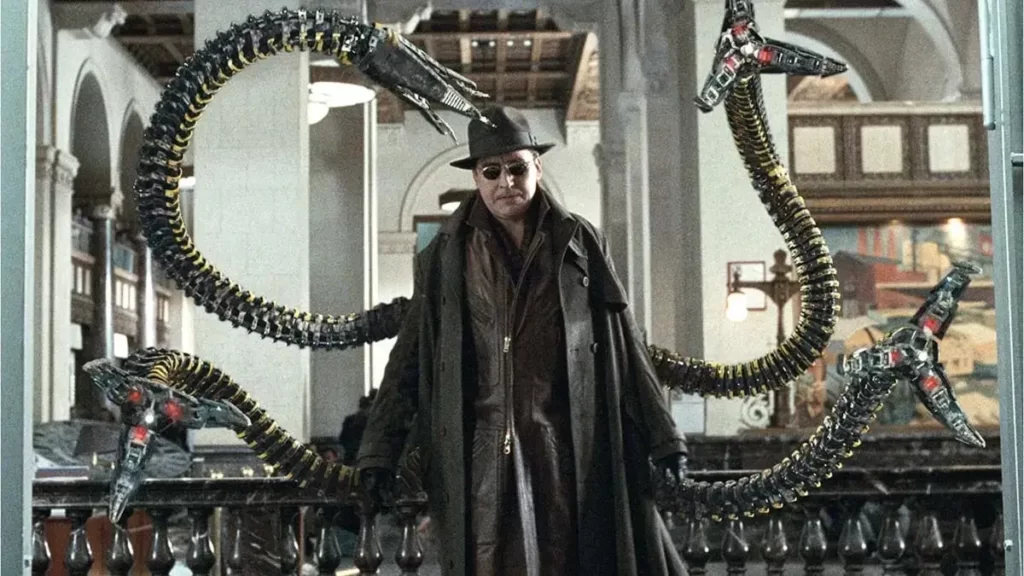
During this Spider-Society scene, we hear a brief clip of Alfred Molina’s voice as Doctor Octopus, continuing the tradition of appearances from earlier Spider-Man films.
The Life of Gwen Stacy
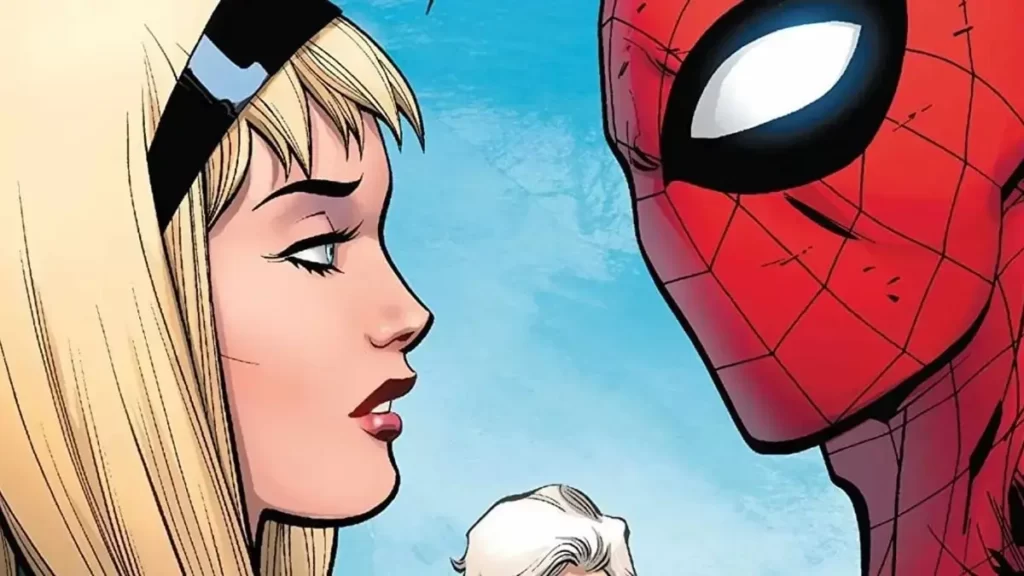
Gwen comments to Miles that “in every other universe, Gwen Stacy falls for Spider-Man” as they evaluate their relationship. And it always ends badly in the other universes.” She’s referencing the fact that the Green Goblin kills the Marvel Comics version of Gwen Stacy (and Emma Stone’s version of Gwen Stacy in The Amazing Spider-Man movies) as part of his plan to torment and destroy Spider-Man. (When Norman Osborn throws Gwen down a bridge in New York City, she doesn’t simply fall for Spider-Man symbolically; she falls because of him.)
“Bagel!”
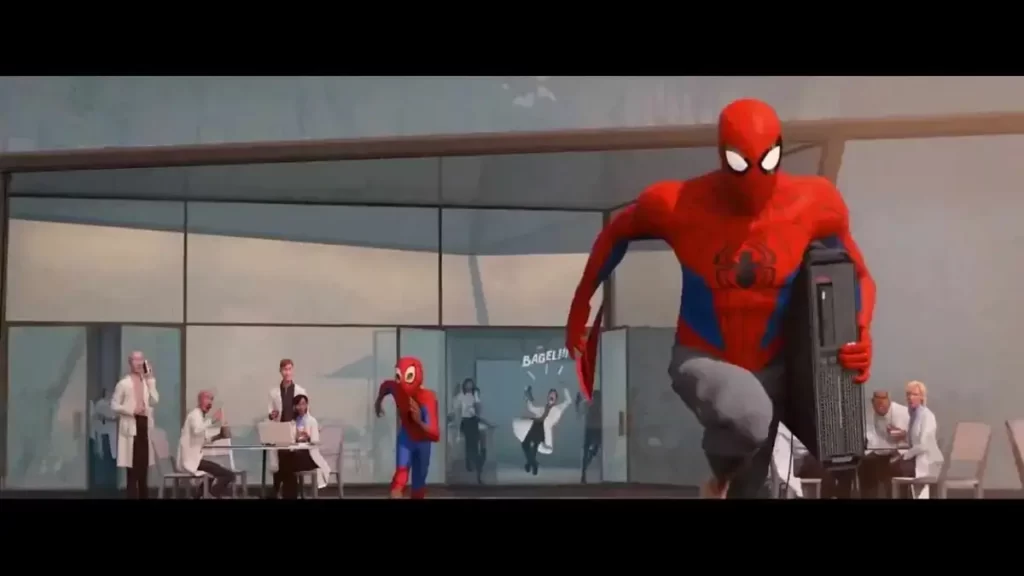
When Miles and Peter B. Parker escaped from Alchemax, one of the most memorable moments was the “Bagel!” visual sound effect when Miles flung a bagel at a scientist. The “Bagel!” person wasn’t just some random individual; he was Dr Jonathan Ohnn, who later became the Spot, as revealed in Across the Spider-Verse. That should teach you not to smack people over the head with bagels. They’ll take it to heart if you insult them.
Gabillion Spider-Men
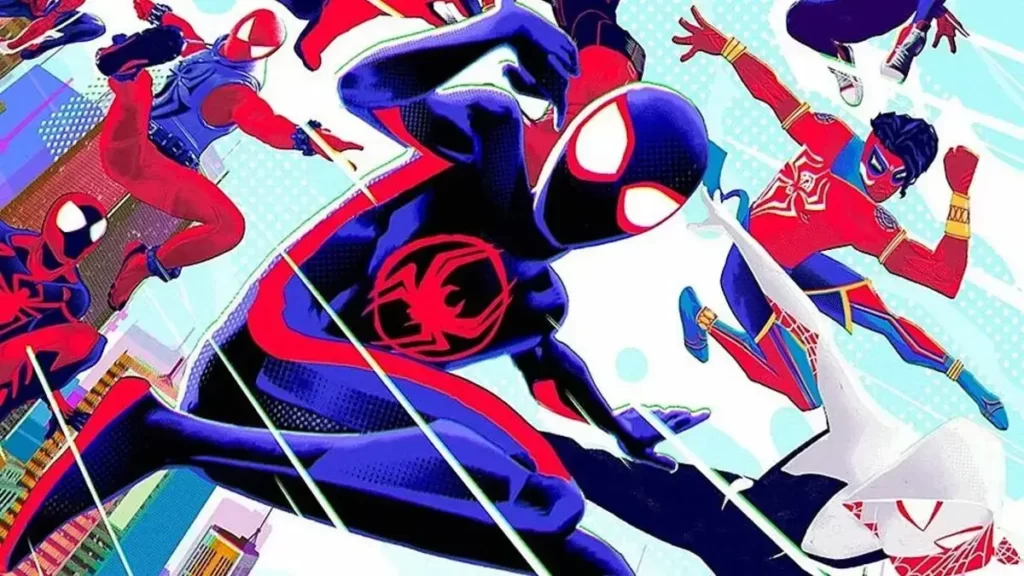
You could make a full list of Spider-Society members who are clones of Spider-Man. Ben Reilly, Spider-Byte, Spinneret, the PlayStation video game series Spider-Man, the Spectacular Spider-Man cartoon series Spider-Man, Web-Slinger and Widow (a Spider-Man cowboy and his Spider-Horse), and “Peter Parkedcar” (from a universe in which Spider-Man’s already silly Spider-Mobile is a sentient being) are just some of the variants.
The Web of Life and Destiny

Marvel’s Spider-Verse comics introduce the concept of “The Web of Life and Destiny,” a vast map of the cosmos overseen by a figure called the “Master Weaver.” Spider-Man 2099’s monitoring equipment is called “Across the Spider-Verse” in the comics. In addition, it has an Easter egg in the form of a glowing centre timeline that branches off into alternative histories, just as was seen in Loki, the MCU film responsible for introducing the concept of the multiverse.
ASM-90
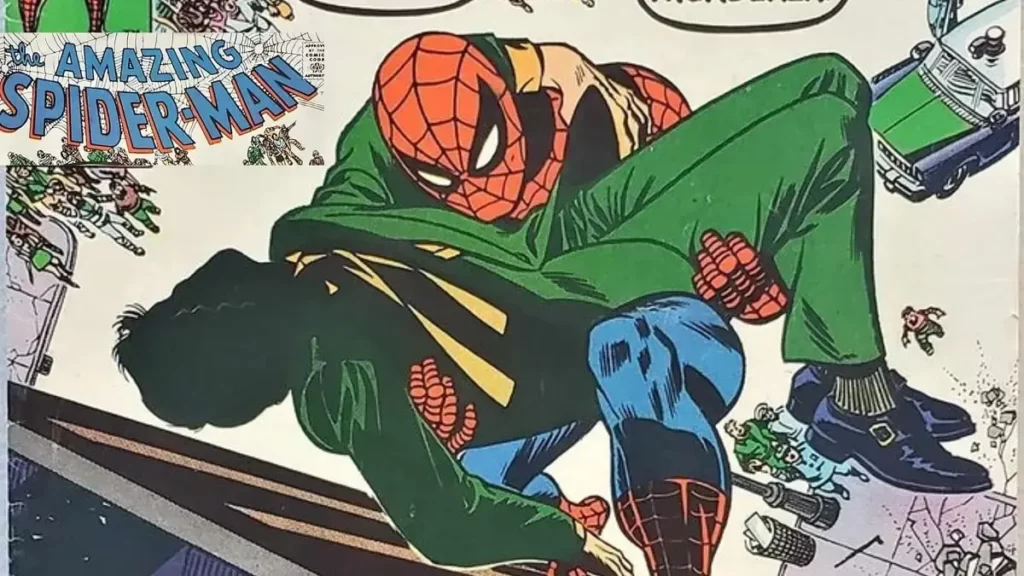
The Spider-Society of ASM-90 Spider-Man 2099 safeguards “canon events,” or occurrences that are essential to the universe’s continued existence. In this case, “ASM-90” refers to a canon occurrence involving the death of a police captain close to Spidey, intended to be known by every Spider-Person. The theme revolves around the tragic passing of Gwen Stacy’s father, Captain George Stacy. As with the Amazing Spider-Man comics, that occurrence occurred in issue #90, earning the name “ASM-90.”
Spider-Ham PJs
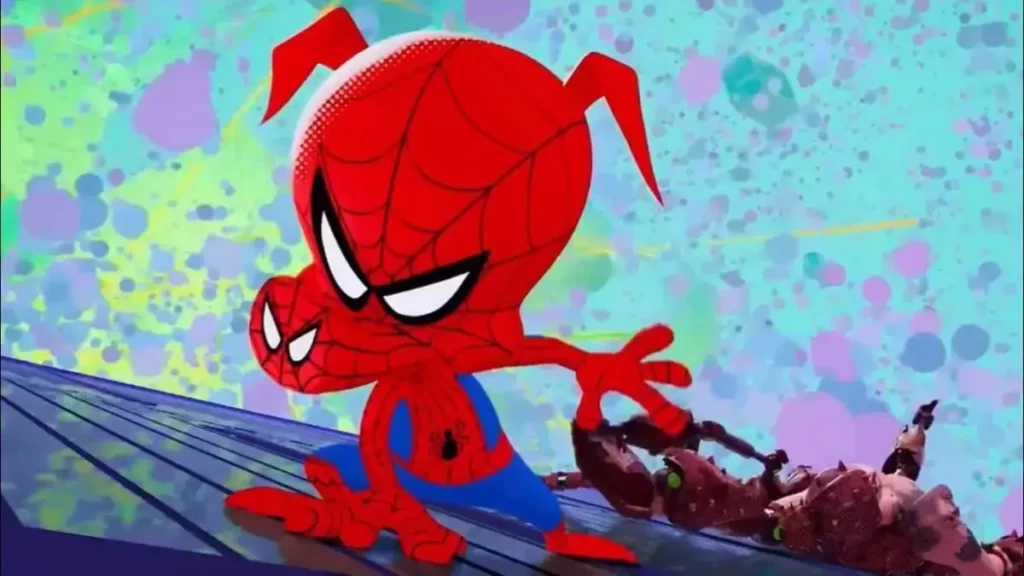
Mayday, daughter of Peter B. Parker, is seen in her cradle while wearing Spider-Ham pajamas, a reference to a Spider-Girl comic featuring a grown-up version of May “Mayday” Parker combating crime in an alternate world. In Into the Spider-Verse, John Mulaney provided the voice of Spider-Ham.
“Let’s Do This One Last Time.”
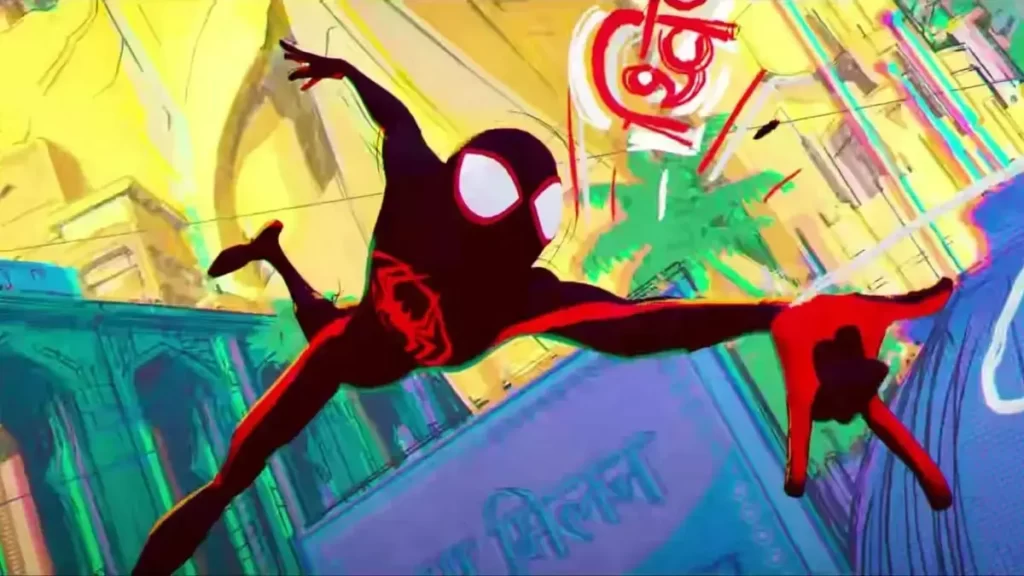
Each comic book cover was accompanied by a voiceover narration that started, “Let’s do this one last time.” Everybody in Into the Spider-Verse had one, and everyone in Across the Spider-Verse does, too. A new one is made for Miles, too, so moviegoers may learn what he’s been up to since the last one.
*The Images used in the article are not the property of Wriflix.com. They are taken from multiple sources and belong to their respective owners.


